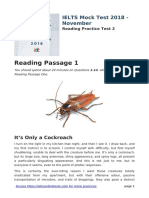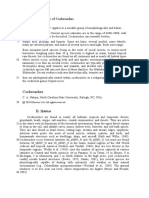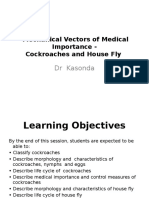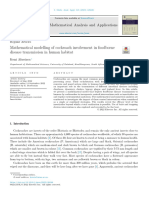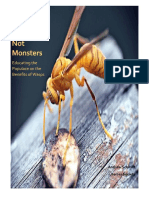0% found this document useful (0 votes)
36 views14 pagesTest 02
The passage discusses the history and origins of chess, from its beginnings in India as the game caturanga to its evolution into the modern game played today. It describes how chess spread from India to Persia and the Islamic world and then to Europe. It also discusses factors related to chess skill, noting that while talent and practice are important, high intelligence does not necessarily correlate to chess ability.
Uploaded by
Hanh NguyenCopyright
© © All Rights Reserved
We take content rights seriously. If you suspect this is your content, claim it here.
Available Formats
Download as DOCX, PDF, TXT or read online on Scribd
0% found this document useful (0 votes)
36 views14 pagesTest 02
The passage discusses the history and origins of chess, from its beginnings in India as the game caturanga to its evolution into the modern game played today. It describes how chess spread from India to Persia and the Islamic world and then to Europe. It also discusses factors related to chess skill, noting that while talent and practice are important, high intelligence does not necessarily correlate to chess ability.
Uploaded by
Hanh NguyenCopyright
© © All Rights Reserved
We take content rights seriously. If you suspect this is your content, claim it here.
Available Formats
Download as DOCX, PDF, TXT or read online on Scribd
/ 14

